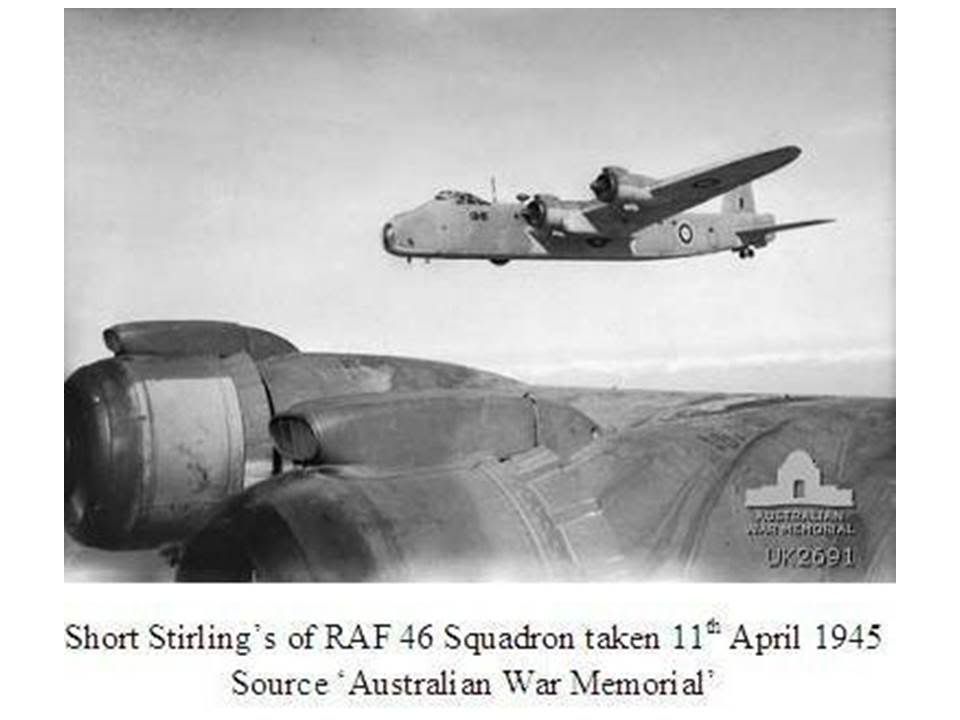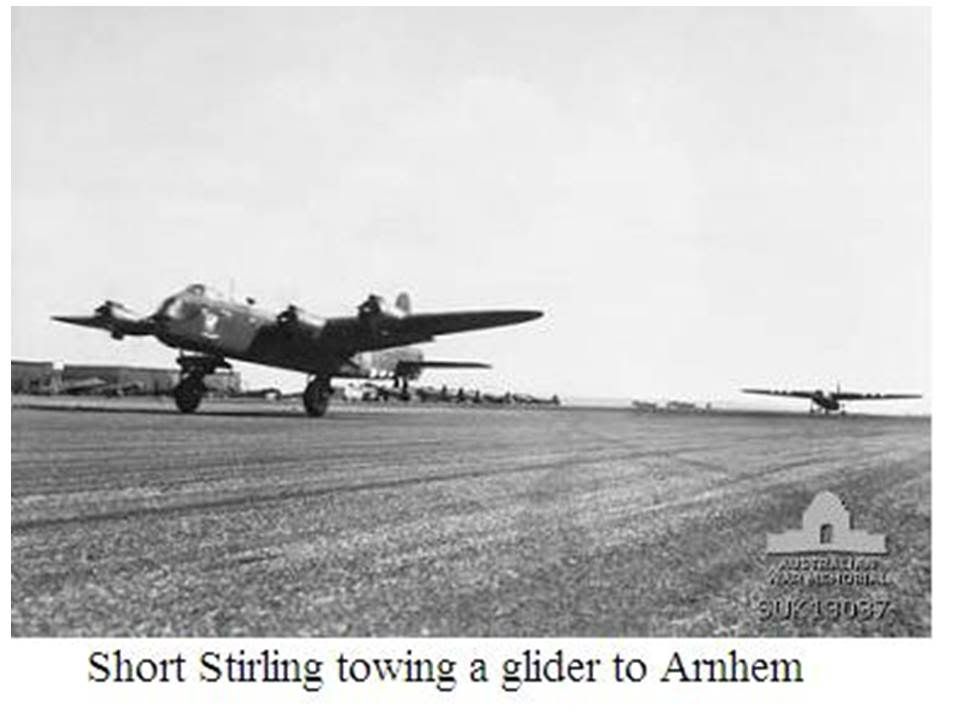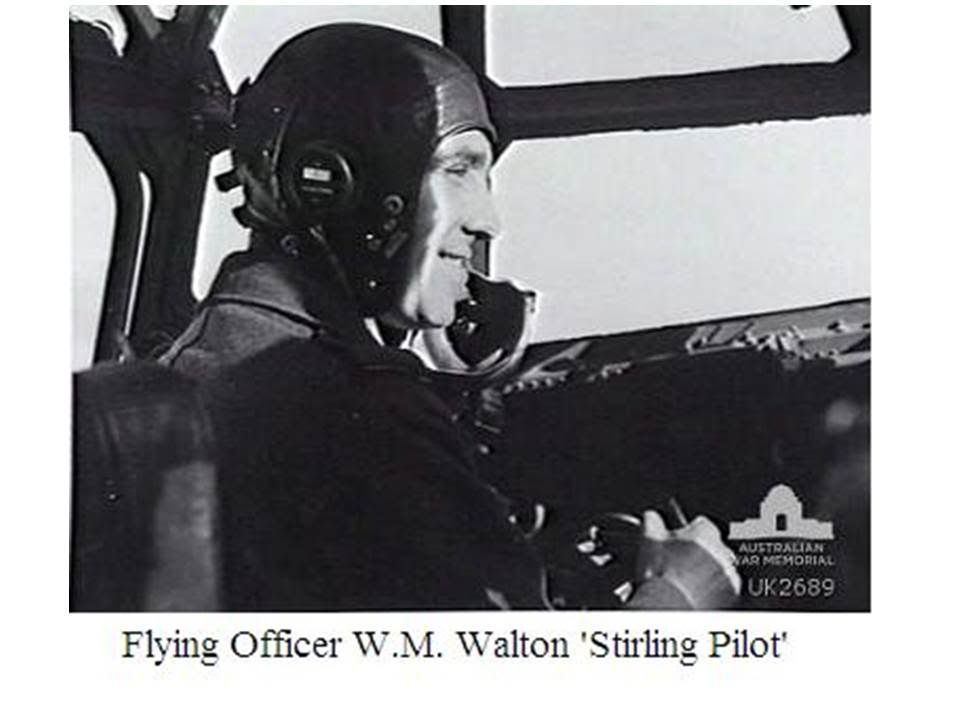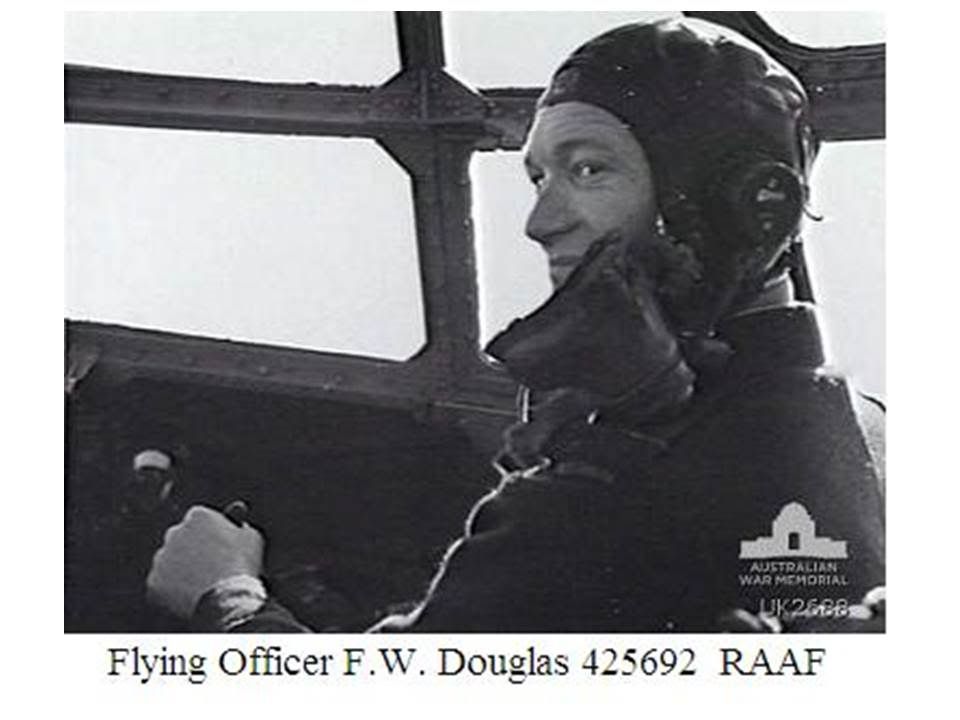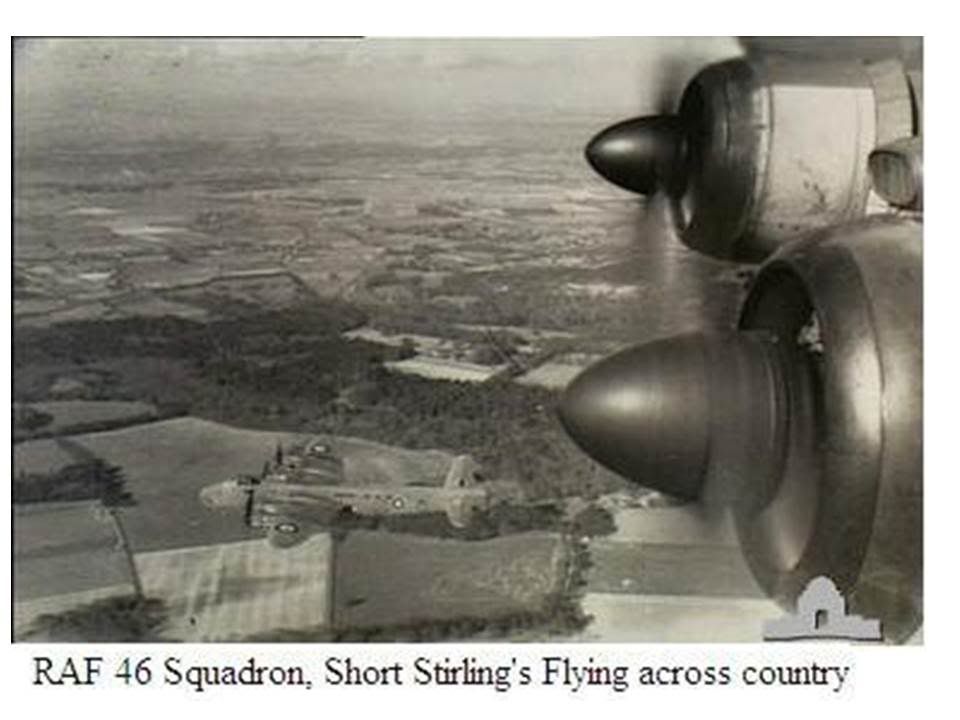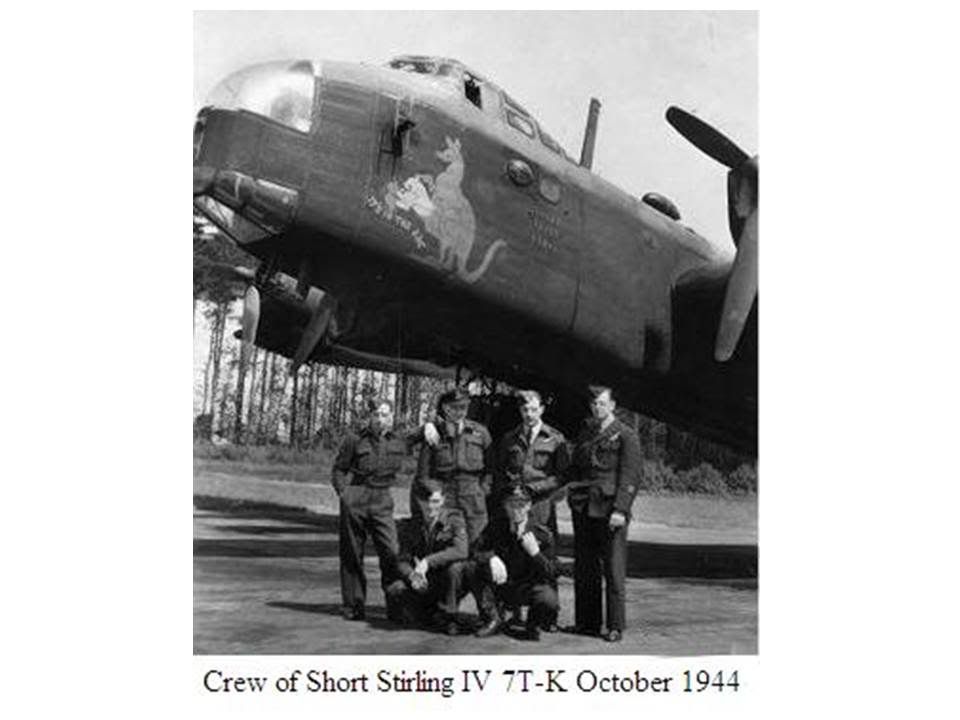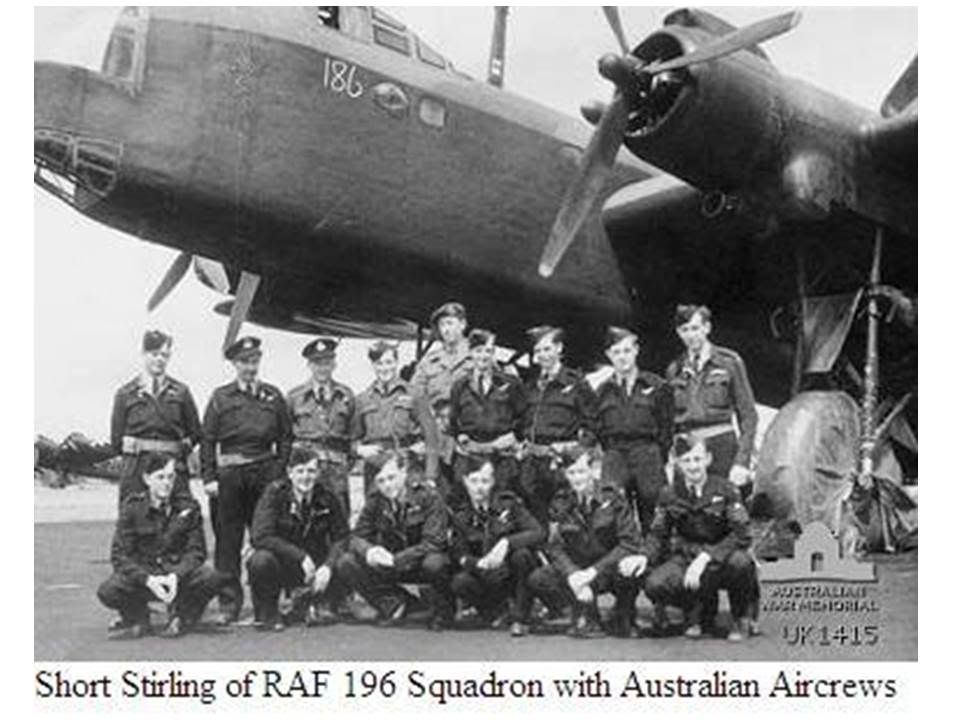The crew of Short Stirling III EF259 HA-G RAF 218 Squadron,which came down on the Chably Operation on 1/2nd May 1944. Picture source:- Australian War Memorial.
Woolfox Lodge, England. c. April 1944. Informal group portrait of the crew in front of their Stirling bomber aircraft of No. 218 Squadron RAF. From left to right: Charles 'Jock' Weir RAF, mid ...
Description Woolfox Lodge, England. c. April 1944. Informal group portrait of the crew in front of their Stirling bomber aircraft of No. 218 Squadron RAF. From left to right: Charles 'Jock' Weir RAF, mid upper gunner of Scotland; Ted Hawkins RAF, flight engineer of England; Paddy Clayton RAF, wireless operator of Ireland 415242 Flight Lieutenant (Flt Lt) Noel Stirling Eliot RAAF, pilot; 429068 Flying Officer Kevin John O'Neil (Jack) Lynch RAAF, bomb aimer; Johnny Grantham RAF, rear gunner of Sussex, England; Jack Hassett RAF, navigator of England. The aircraft this crew were flying was shot down on 1 May 1944 while on a bombing raid over the Chambly railway marshalling yards, north of Paris. Those killed were Jack Hassett, Ted Hawkins, Paddy Clayton and Johnny Grantham. Flt Lt Eliot was one of four survivors, including Charles 'Jock' Weir, schoolteacher from NSW before enlistment and Sergeant Wilson. The Germans buried the remains of the crew near the crash site but the bodies were reburied in the churchyard of the Church of St Denis at Poix after villagers had begun to put flowers at the crash site. Flt Lt Eliot escaped from the aircraft by parachute and was picked up by members of the French Underground, surviving via the Comet (Comete) escape route, ending up in two camps of 152 Allied airmen , along with Jack Lynch and seven other Australian airmen, in the Forest of Freteval until liberation. (Donor N. Eliot)
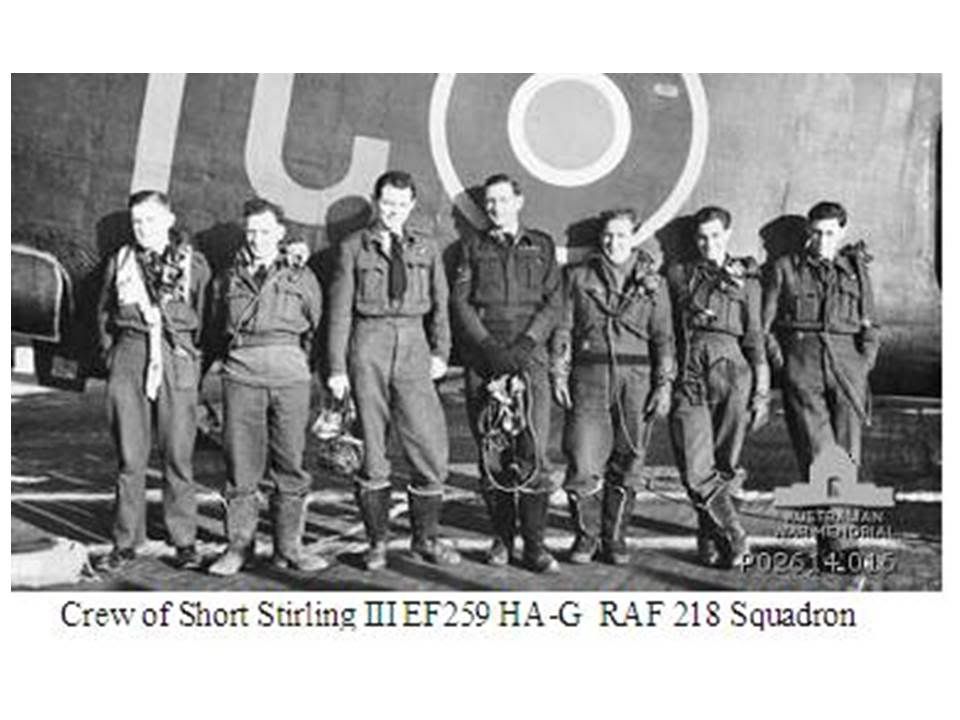
Dicam ex animo. Sed nostri evocatis, ut debemus eis libertatem.
